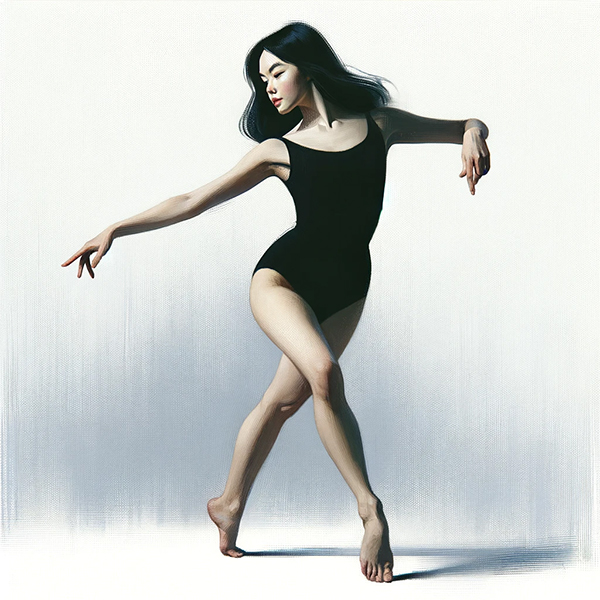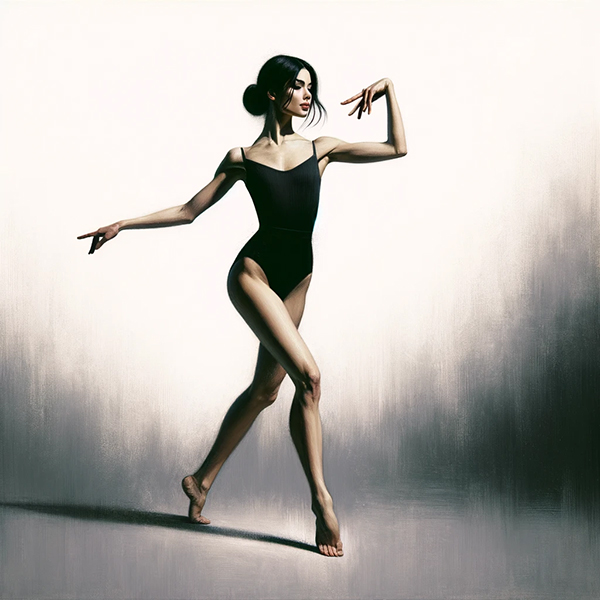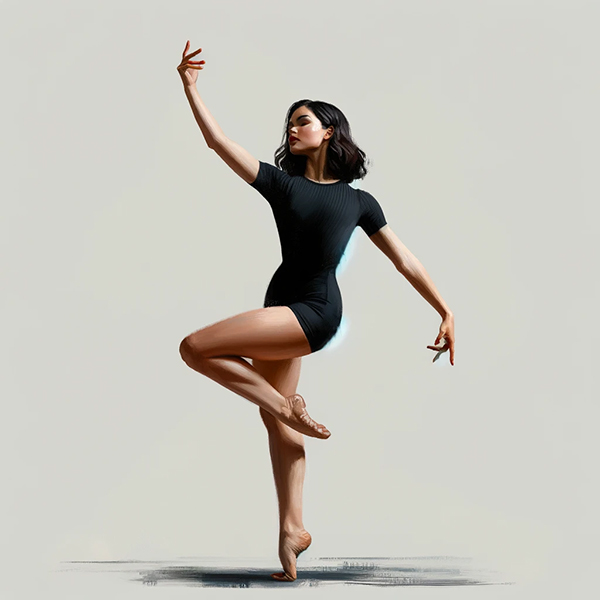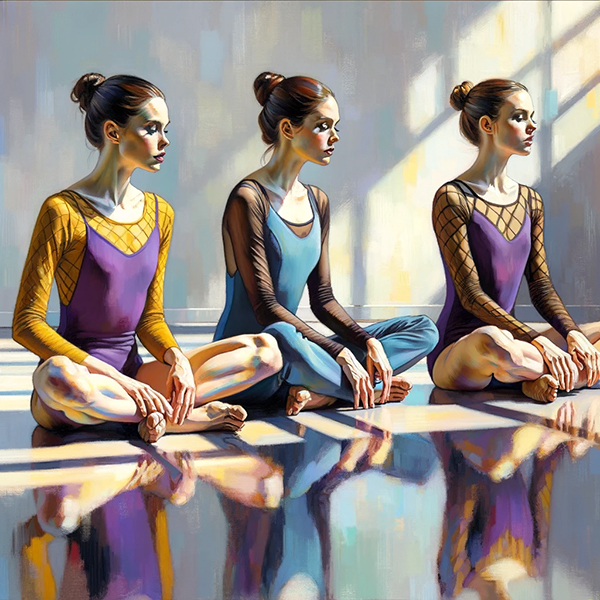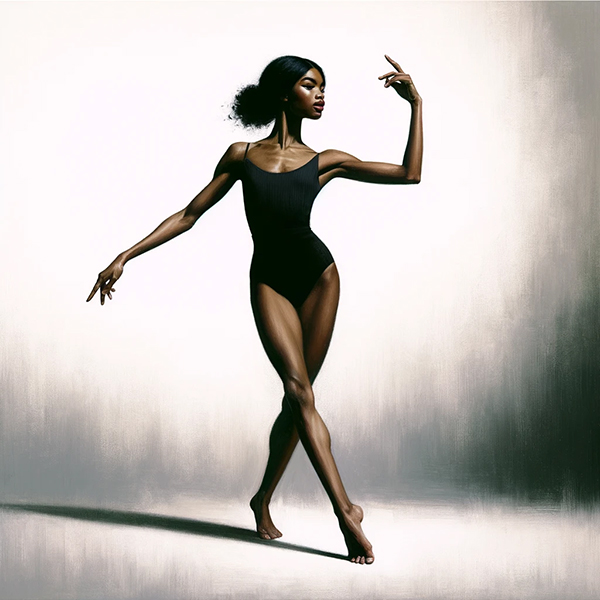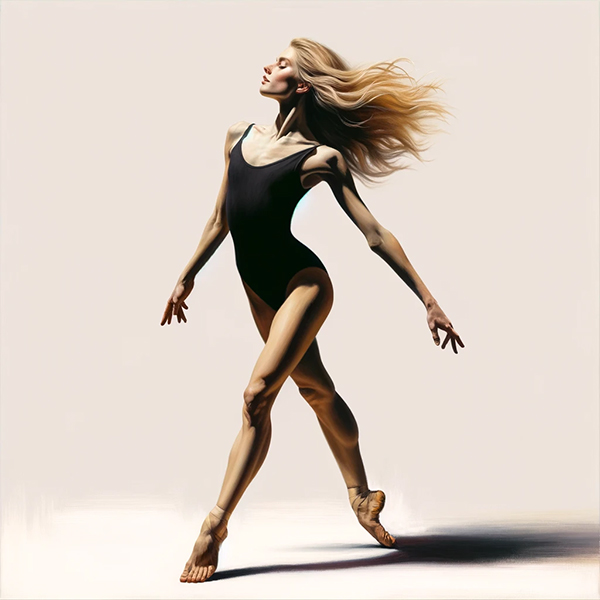Modern And Contemporary Dance Dancing Portal
Dance Subsets - Style, Variations, Types
Modern and Contemporary Dance: A Journey of Innovation and Expression
Modern and Contemporary Dance are expressive dance forms that broke away from classical ballet to explore new movements and themes. These styles emphasize creativity, innovation, and the expression of complex emotions and ideas.
Pioneers and Techniques of Modern Dance
- Graham Technique: Developed by Martha Graham, this technique is based on the principle of contraction and release, focusing on emotional expression and grounded movement.
- Cunningham Technique: Created by Merce Cunningham, this approach is characterized by its randomness, separation of dance from music, and emphasis on the body's natural alignment.
- Limon Technique: Founded by José Limón, this style emphasizes the natural rhythms of falling and recovery, drawing inspiration from the human experience.
- Horton Technique: Lester Horton's technique focuses on flat backs, lateral movements, and creating long lines with the body, fostering strength and flexibility.
Contemporary Dance: Pushing Boundaries
- Release Technique: This approach involves efficient use of breath and energy, focusing on ease and fluidity of movement, often seen in contemporary dance practices.
- Contact Improvisation: A form of dance improvisation that involves weight sharing and fluid, continuous movement, often performed in duets.
- Postmodern Dance: Emerging as a rebellion against the constraints of Modern dance, it embraces everyday movements and a break from narrative structure.
- Butoh: Originating in Japan, Butoh is a form of dance theatre that encompasses a diverse range of techniques and is characterized by its intense, introspective exploration of themes.
The Essence of Modern and Contemporary Dance
Modern and Contemporary Dance are not just about movements; they are about telling stories, expressing emotions, and exploring the human condition. These dance forms encourage individual interpretation, often reflecting on social, political, and personal themes, making them a powerful medium for artistic expression.

